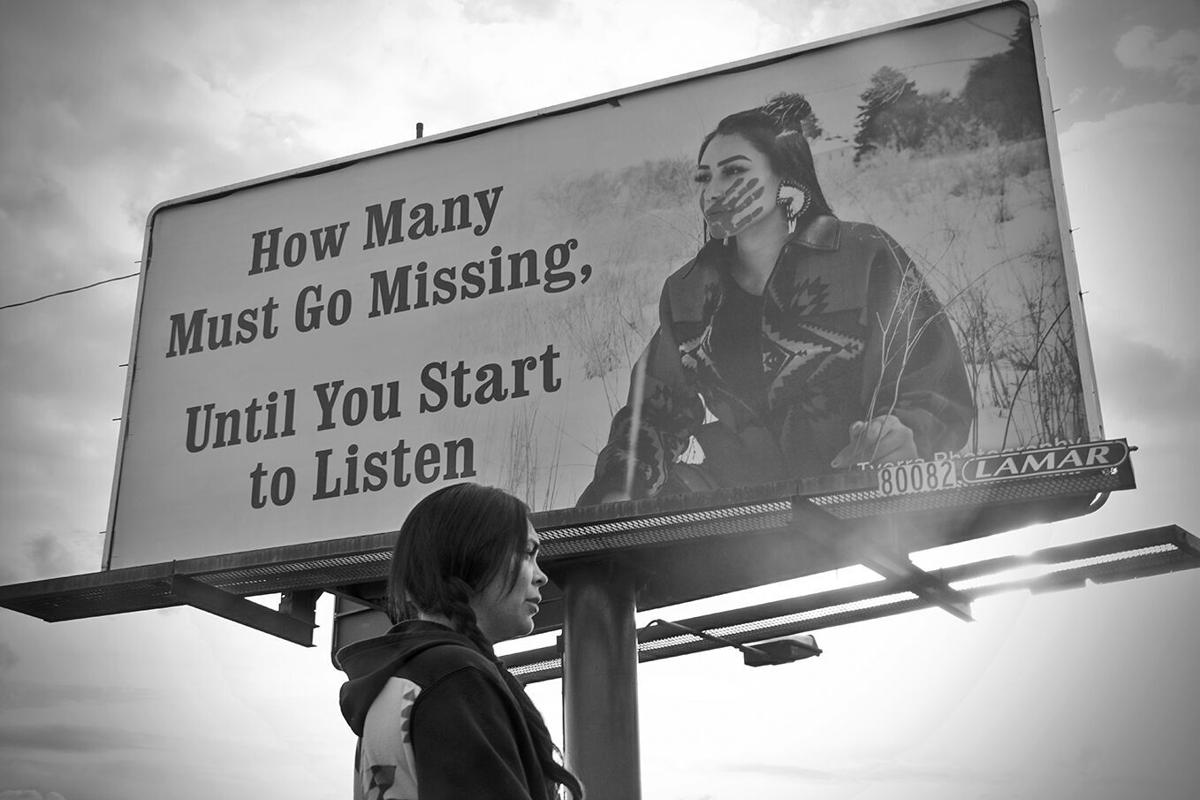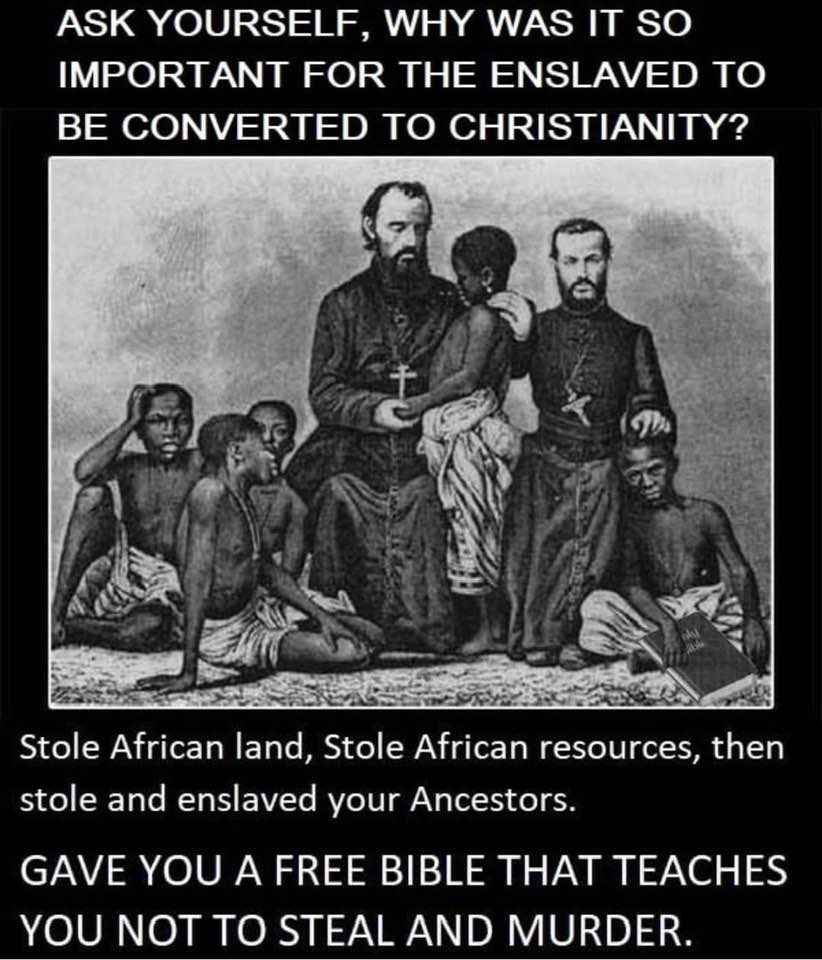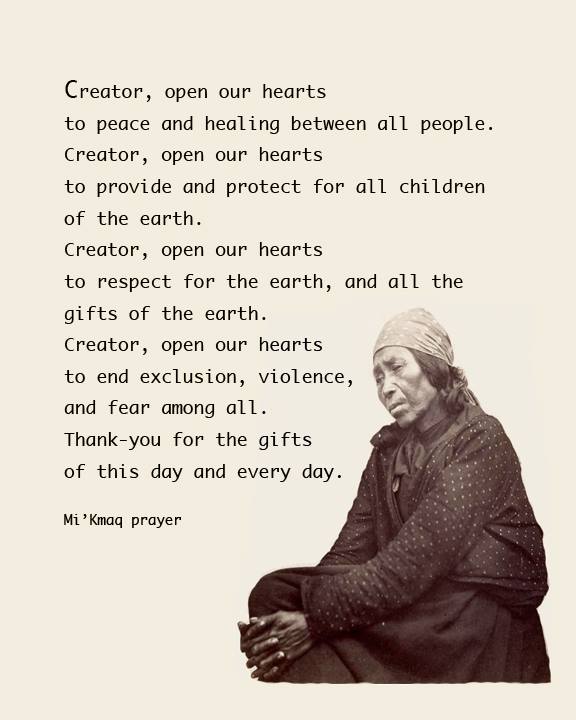Blog
Featured in this new NASA/ESA Hubble Space Telescope Picture of the Week is the spiral galaxy NGC 2090, located in the constellation Columba.
This galaxy is notable as a part of the group of galaxies studied in Hubble’s Extragalactic Distance Scale Key Project, which aimed to determine a new state-of-the-art value for the Hubble constant, one of the then-new telescope’s primary science goals. The contribution of NGC 2090 was in calibrating the Tully-Fisher (TF) distance method, by observing Cepheid variable stars in the galaxy. The Cepheid-based measurement from that study in 1998 put NGC 2090 as 37 million light-years away; the newest measurement from 2020, using the TF method, has NGC 2090 slightly farther away, at 40 million light-years.
Before and since that project, NGC 2090 has been well studied as a very prominent nearby example of star formation. It has been described as a flocculent spiral, meaning a spiral galaxy with a patchy, dusty disc and arms that are flaky or not visible at all. This Hubble image shows well why NGC 2090 earned that description, but its spiral arms do appear among the dust as winding lanes of light.
NGC 2090 is a galaxy still full of activity, with clusters of star formation at various stages of evolution spread across the disc. Examining star formation and the movement of matter in galaxies was the motivation for these Hubble observations, taken in October of this year. Likewise Hubble’s partner in space astronomy, the NASA/ESA/CSA James Webb Space Telescope, has also spied on this galaxy to add infrared data to this overall picture of galaxy evolution.
[Image Description: A spiral galaxy with a wide, oval-shaped disc. It has a shining spot at the centre which is surrounded by a whirl of dark threads and patches of dust, all atop a luminous disc. Some brighter lanes curving through the disc indicate the galaxy’s spiral arms. The glow of the disc fades smoothly into a dark background where faint, extended patches of stars can be seen, as well as some foreground stars.]

more...
Val Fuentes (born November 25, 1947) is the original and current drummer for the folk and rock band It’s a Beautiful Day. He has also played with Fat Chance, New Riders of the Purple Sage, Shadowfax, Lina Valentino, Linda Imperial, The Pure Pleasure Band, and The Moments.
Fuentes lives in California and plays shows with David LaFlamme and It’s a Beautiful Day, as well as several other local Sonoma County bands such as The Zins, a rock and funk group.
more...Jamesetta Hawkins (January 25, 1938 – January 20, 2012), known professionally as Etta James, was an American singer and songwriter who performed in various genres, including gospel, blues, jazz, R&B, rock and roll, and soul. Starting her career in 1954, she gained fame with hits such as “The Wallflower“, “At Last“, “Tell Mama“, “Something’s Got a Hold on Me“, and “I’d Rather Go Blind“. She faced a number of personal problems, including heroin addiction, severe physical abuse, and incarceration, before making a musical comeback in the late 1980s with the album Seven Year Itch.
James’s deep and earthy voice bridged the gap between rhythm and blues and rock and roll. She won three Grammy Awards for her albums (2005 – Best Traditional Blues Album for Blues to the Bone; 2004 – Best Contemporary Blues Album for Let’s Roll; and 1995 – Best Jazz Vocal Performance, Female for Mystery Lady: Songs of Billie Holiday) and 17 Blues Music Awards. She was inducted into the Rock and Roll Hall of Fame in 1993, the Grammy Hall of Fame in 1999, and the Blues Hall of Fame in 2001. She also received a Grammy lifetime achievement award in 2003. Rolling Stone magazine ranked James number 22 on its list of the 100 Greatest Singers of All Time; she was also ranked number 62 on Rolling Stone‘s list of the 100 Greatest Artists of All Time.Billboard‘s 2015 list of “The 35 Greatest R&B Artists Of All Time” also included James, whose “gutsy, take-no-prisoner vocals colorfully interpreted everything from blues and R&B/soul to rock n’roll, jazz and gospel.”
The Rock and Roll Hall of Fame called hers “one of the greatest voices of her century” and says she is “forever the matriarch of blues.”
James frequently performed in Nashville’s famed R&B clubs on the so-called “Chitlin’ Circuit” in the 1940s, 1950s, and 1960s.
more...Nathaniel Carlyle Adderley (November 25, 1931 – January 2, 2000 Tampa, FL) was an American jazz trumpeter. He was the younger brother of saxophonist Julian “Cannonball” Adderley, whom he supported and played with for many years.
Adderley’s composition “Work Song” (1960) is a jazz standard, and also became a success on the pop charts after singer Oscar Brown Jr. wrote lyrics for it.
more...Paul Desmond (born Paul Emil Breitenfeld; November 25, 1924 – May 30, 1977)was an American jazz alto saxophonist and composer and proponent of cool jazz. He was a member of the Dave Brubeck Quartet and composed that group’s biggest hit, “Take Five“.
In addition to his work with Brubeck, he led several groups and collaborated with Gerry Mulligan, Chet Baker, Jim Hall, and Ed Bickert. After years of chain smoking and poor health, Desmond succumbed to lung cancer in 1977 after a tour with Brubeck. Desmond died on May 30, 1977, not of his heavy alcohol habit but of lung cancer, the result of his longtime heavy smoking. He was 52.
more...
Missing and Murdered Indigenous Women (MMIW)
https://www.nativehope.org/missing-and-murdered-indigenous-women-mmiw?fbclid=IwY2xjawGwUOtleHRuA2FlbQIxMAABHdE3iXiAAx_JAOlJChbz71sdO3bwuN56FNS-p04xhfeFagsmfemvgoYP_Q_aem_w2p81O7pLoezCktEs6v0_A

The Helix Nebula (also known as NGC 7293 or Caldwell 63) is a planetary nebula(PN) located in the constellation Aquarius. Discovered by Karl Ludwig Harding, most likely before 1824, this object is one of the closest of all the bright planetary nebulae to Earth. The distance, measured by the Gaia mission, is 655±13 light-years. It is similar in appearance to the Cat’s Eye Nebula and the Ring Nebula, whose size, age, and physical characteristics are similar to the Dumbbell Nebula, varying only in its relative proximity and the appearance from the equatorial viewing angle. The Helix Nebula has sometimes been referred to as the “Eye of God” in pop culture, as well as the “Eye of Sauron“. 650 ly distant. Pic Adam Block.

Wild Bill Davis (November 24, 1918 – August 17, 1995 Glasgow, Mo) was the stage name of American jazz pianist, organist, and arranger William Strethen Davis. He is best known for his pioneering jazz electric organ recordings and for his tenure with the Tympany Five, the backing group for Louis Jordan. Prior to the emergence of Jimmy Smith in 1956, Davis (whom Smith had reportedly first seen playing organ in the 1930s) was the pacesetter among organists.
more...Theodore Shaw Wilson (November 24, 1912 – July 31, 1986 Austin, TX) was an American jazzpianist. Described by critic Scott Yanow as “the definitive swing pianist”, Wilson’s piano style was gentle, elegant, and virtuosic. His style was highly influenced by Earl Hines and Art Tatum. His work was featured on the records of many of the biggest names in jazz, including Louis Armstrong, Lena Horne, Benny Goodman, Billie Holiday, and Ella Fitzgerald. With Goodman, he was one of the first black musicians to perform prominently alongside white musicians. In addition to his extensive work as a sideman, Wilson also led his own groups and recording sessions from the late 1920s to the 1980s.
more...Scott Joplin (November 24, 1868 – April 1, 1917 Texarkana, TX ) was an American composer and pianist. Dubbed the “King of Ragtime“, he composed more than 40 ragtime pieces,one ragtime ballet, and two operas. One of his first and most popular pieces, the “Maple Leaf Rag“, became the genre’s first and most influential hit, later being recognized as the quintessential rag. Joplin considered ragtime to be a form of classical musicmeant to be played in concert halls and largely disdained the performance of ragtime as honky tonk music most common in saloons.
Joplin grew up in a musical family of railway laborers in Texarkana, Texas. During the late 1880s, he traveled the American South as a musician. He went to Chicago for the World’s Fair of 1893, which helped make ragtime a national craze by 1897. Joplin moved to Sedalia, Missouri, in 1894 and worked as a piano teacher. He began publishing music in 1895, and his “Maple Leaf Rag” in 1899 brought him fame and eventually a steady income. In 1901, Joplin moved to St. Louis and two years later scored his first opera, A Guest of Honor. It was confiscated—along with his belongings—for non-payment of bills and is now considered lost. In 1907, Joplin moved to New York City to (unsuccessfully) find a producer for a new opera. In 1916, Joplin descended into dementia from neurosyphilis. His 1917 death marks the end of the ragtime era.
Joplin’s music was rediscovered and returned to popularity in the early 1970s with the release of a million-selling album recorded by Joshua Rifkin. This was followed by the Academy Award–winning 1973 film The Sting, which featured several of Joplin’s compositions. Treemonisha, his second opera, was produced in 1972 and in 1976 Joplin was awarded a Pulitzer Prize. By 1916, Joplin had developed tertiary syphilis,[51][52] but more specifically it was likely neurosyphilis. On February 2, 1917, he was admitted to Manhattan State Hospital, a mental institution.[53] The “King of Ragtime” died there on April 1 of syphilitic dementia at the age of 48.
more...More Posts
- Doc Watson Day
- World Music with Sangit & Kadi Coulibaly
- Daily Roots with Horace Andy
- The Cosmos with Sharpless 308
- Larry Carlton Day
- Lou Reed Day
- Doug Watkins Day
- Eddie Lockjaw Davis Day
- World Music with Aynur
- Daily Roots with Burning Spear
- Urinetown
- The Cosmos with CVMP 1
- Burning Spear Day
- Ralph Towner Day
- Harry Belafonte Day
- Charlie Rice Day
- Frederic Chopin Day
- World Music with Rola Azar
- Daily Roots with Big Joe
- Urinetown the Musical


